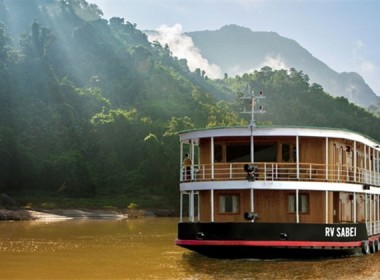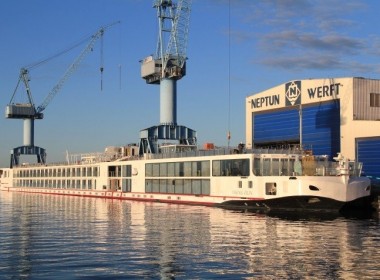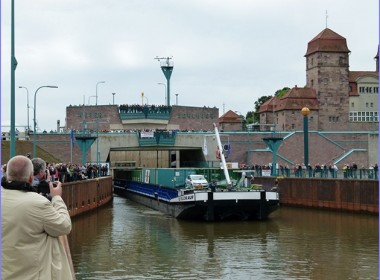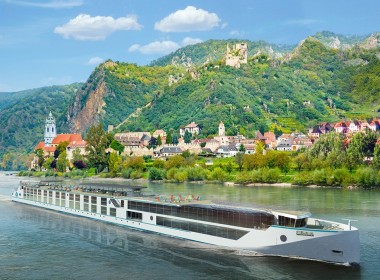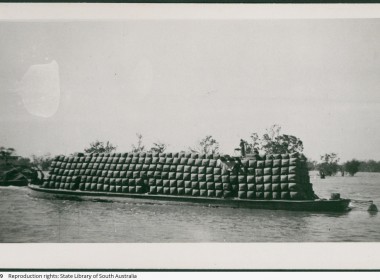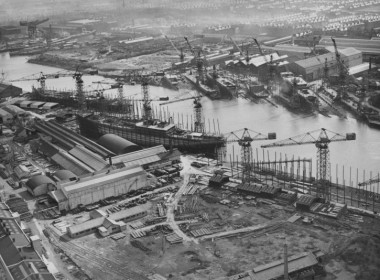COLUMN | Selling Queensland down the river [The Education of an Innocent Australian]
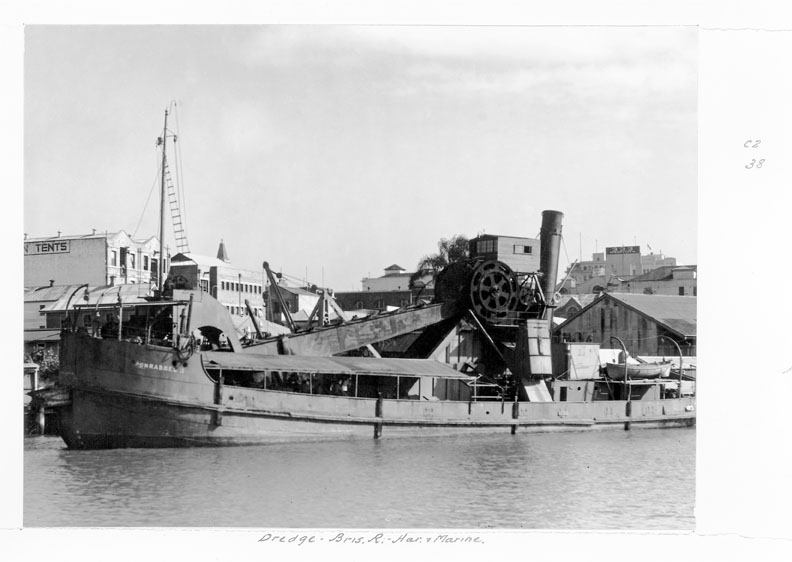
During 1996 at a public meeting at Mt Cosby, the halting of dredging the Brisbane River was concluded.
The lies spun by the agitated green groups, aided by the gullible Mayor Jim Soorley, of the ugly dredgers causing bank erosion from their diminutive 250hp engines and four-knot speed, only capable of running with the tide, were simply untrue. Blatant lies which green groups have honed into an art form.
The dredgers were stopped, concluding over 100 years of effective acquisition of sand and aggregates. Brisbane then was the cheapest place in the country to build a house due to the abundance of cheap aggregate delivered into the city by the river, hence cheap concrete, bricks and tiles.
The lone voice consultant appointed two days earlier by the Premier’s Department happened to be me, and I protested against these lies, explaining that the proposal of replacing these two old 2,000-tonne quiet barges with 160 truck movements (each with 400hp turbocharged diesels) per day was madness, endangering schoolkids, contributing thousands of cubic metres of truck exhaust gases daily, and adding to road maintenance costs.
I also concluded, that the halting of river dredging would shallow the river and exacerbate the danger of flooding.
Labor’s Soorley hailed the decision to halt dredging as, “a significant victory for Queensland”. He said that for 100 years, the Brisbane River had been, “treated as a sewer and a mine”.
“No other capital cities in the world allow ugly dredges into the heart of their city to mine their river,” said this fool. Nodding their agreement in total ignorance were Environment Minister Littleproud, Natural Resources Minister Hobbs, Ipswich Mayor Nugent, Laidley Shire Mayor Moon, and the Queensland Conservation Council’s Imogen Zethoven.
Ms Zethoven, a fully indoctrinated greenie, said the agreement was, “a major breakthrough for the rehabilitation of the river”. “Clearly dredging is way out of line with community attitudes.”
Labor’s Soorley and the Green’s Zethoven are probably perplexed that the Brisbane river is still brown.
The truth of the matter is that most river port cities in the world have active dredging programs with aggregate extraction as a low cost method of maintaining navigation channel depth.
Take a cheap Asian cruise and you will see on the Saigon River in Vietnam and the Chao Phraya River in Bangkok, multitudes of low powered grab dredgers that are anchored until the tide changes, as they, like the Brisbane River grab dredgers, are only capable of steaming with the tide.
15 years later, in 2011, as that ex-consultant, I just shook my head in dismay watching the Brisbane River floods on TV. Even a 300- to 500mm difference in water levels makes a huge difference to some houses and businesses, and the enquiry unfortunately ignored the fact that continued river dredging could have dropped the flood levels. This flood claimed 38 lives. Soorley and Zethoven should hang their heads in shame.
The upper Brisbane River was navigable 46 kilometres from the CBD by the Riverside coal barges until the 1990s.
Recent investigations by the Port of Brisbane to transport containers from the Acacia Ridge rail terminal to the port, dismissed the river transport option, as the Brisbane River is “way too shallow”. Rail or road alternatives will be at least 40 times more expensive.
During the 1990s, dredging demonisation, despite the State Government getting royalties from every cubic metre extracted, caused dredging to be halted.
The navigation channel through to the Gold Coast at Jacobs Well, kept open by a sand extraction program, was abandoned, and vessels started to run aground again at anything below mid tide.
Innisfail and 1770 are not accessible from the sea except for at high tide, due to lack of dredging at the river mouths.
Cooktown has been listed as unsafe by marine underwriters: the state program of visits by a large dredger every five years being as effective as having a meal every five days.
Last year, nation-building initiatives of extracting sand from river mouths for local use was circulated to the councils in control of 138 blocked river outlets around the nation.
The reaction was generally positive, except for Green councils such as Noosa, which gyrated at the evil D word. Clean sand extraction at river mouths makes the bar conditions safer for small vessels. March this year saw a 13-year-old girl drown on the Moruya Bar in NSW when her family’s cruiser capsized during transit.
The Greens/Labor Government dredging policy for the last 22 years has been an economic disaster for jobs and prosperity. Despite their rhetoric of creating jobs, the present Greens/Labor Government is now finalising green policy not only to halt capital dredging around the state, but to halt transhipping and export mini ports. Hello?
The mini port of Bing Bong, NT, has exported more than $10 billion of cargo in the last 26 years with one small vessel, and the government royalties were around $500 million! The indigenous Mawa group is still the co-owner of the transhipper.
Now Queensland wants legislation to halt the export of economically trapped resources?
Nowhere in our nation for the last 100 years will you find evidence of damage from dredging or transhipping.
But this is another level of lies and madness, ignoring regional north Queensland, traditional owners, the prosperity of the state, and jobs for our kids and grandkids.
My Labor-voting dad would turn in his grave watching these clowns destroy jobs for the sake of Green preferences
Speak up!


